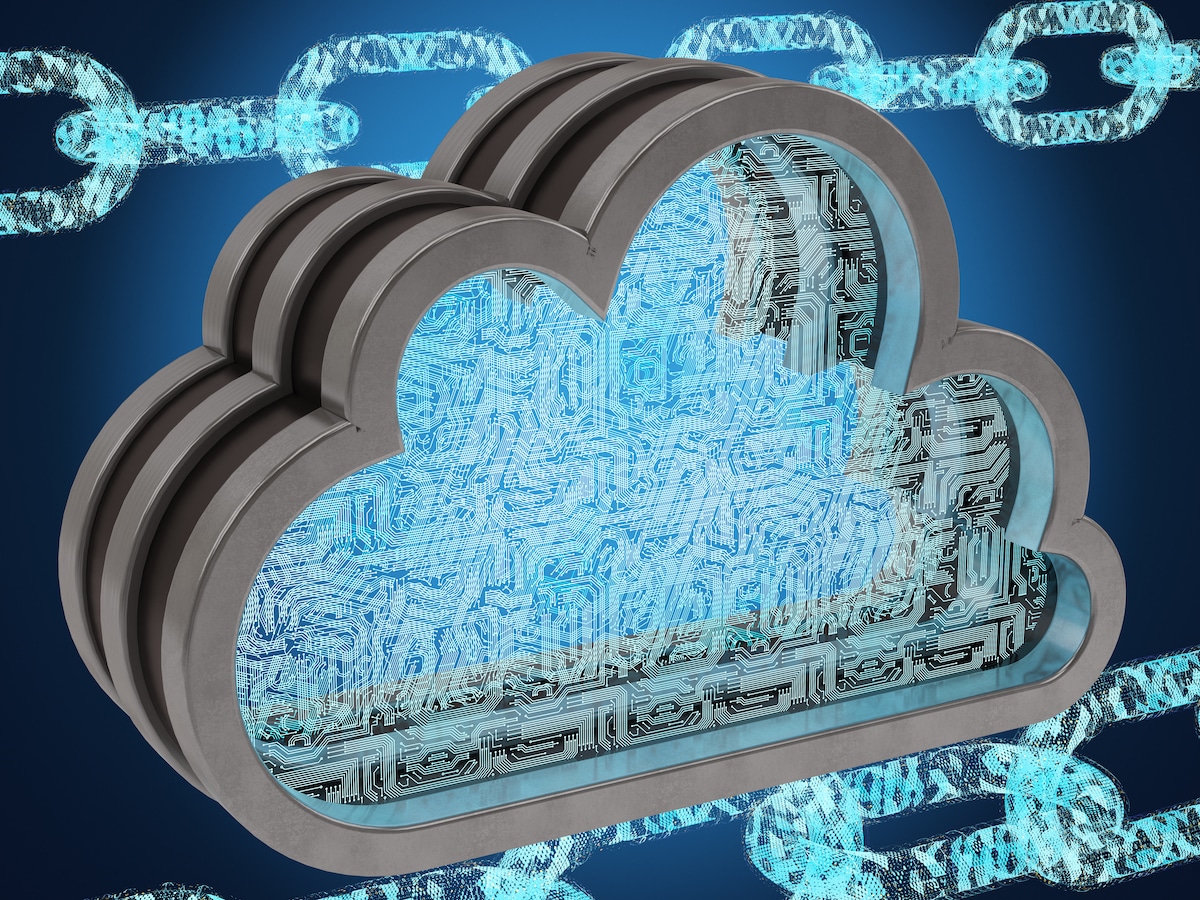Cloud Security 101: Strengthening Security in the Digital Sky

The cloud’s vast potential is undeniable, but it also introduces a unique set of challenges that require specialized expertise. Understanding and implementing robust security measures becomes crucial as organizations transition from traditional on-premises infrastructures to cloud-based and hybrid systems.
Harnessing the Cloud: Opportunities and Obstacles
Cloud computing has significantly impacted the way companies function, offering a range of benefits that cater to modern needs. One of its primary advantages is scalability and flexibility. The cloud can adjust to varying demands for a small startup or a large enterprise. This adaptability means utilizing resources on an as-needed basis, often reducing the necessity for significant upfront investments in infrastructure. The cloud can scale to meet those demands as businesses grow or change.
Traditional IT setups involve high initial costs, from procuring hardware to establishing and maintaining data centers. In contrast, cloud computing introduces a more flexible financial model, shifting expenses to operational ones. Organizations can better manage their budgets, paying only for the resources they use. This provides financial flexibility and reduces reliance on physical hardware, allowing businesses to adapt quickly to changing needs without being bogged down by legacy systems.
Cloud computing facilitates global collaboration, allowing teams worldwide to work together in real-time and access shared resources and tools. Additionally, businesses can effectively reach global markets, serving clients from any location. However, this accessibility also presents challenges; every access point in the cloud can be a potential vulnerability, underscoring the importance of robust security measures.
Shared Responsibility in Cloud Security
In cloud computing, the concept of “shared responsibility” is paramount. It delineates security obligations between the cloud service provider and the user. While the provider is typically responsible for the underlying infrastructure and ensuring the cloud platform’s security, the user is tasked with safeguarding their data and applications.
Encryption, for instance, becomes a collaborative effort where the service might offer the tools, but users must implement and manage them. Understanding and embracing this shared model is crucial for adequate cloud security, as it underscores the idea that security is a joint effort, requiring vigilance from both the provider and the user.
However, shared responsibility doesn’t end with technical measures. It extends to regulatory compliance and best practices. Standards such as NIST, HIPAA and CIS Controls serve as security and data protection benchmarks. These standards represent legal obligations and set the foundation for trust and ethical data handling. By aligning with these recognized standards, consumers and providers can ensure they meet the highest security benchmarks, further strengthening their collaborative defense against potential threats.
Network Security: A Multi-Layered Approach
Let’s visualize a secure cloud environment as a fortress designed with multiple layers of defense to deter potential threats. Firewalls are the primary gatekeepers, monitoring and controlling incoming and outgoing network traffic based on predetermined security policies. Intrusion Detection Systems (IDS) continuously scan for suspicious activities or policy violations, serving as vigilant sentinels that alert administrators to potential threats.
Inside the network, internal security measures are vital. Techniques like micro-segmentation create isolated environments, ensuring a breach in one segment doesn’t jeopardize the entire system. Intrusion Prevention Systems (IPS) don’t just detect threats; they actively block malicious activities, maintaining the network’s resilience against cyberattacks. Additionally, regular vulnerability assessments highlight weaknesses, allowing for timely remediation.
IAM: Beyond Simple Permissions
Identity and Access Management (IAM) extends beyond the basic premise of granting or denying access. At its core, IAM is a holistic approach to managing digital identities, ensuring that the right individuals access the right resources at the right times and for the right reasons.
Understanding user behavior is pivotal in this process. IAM systems can continuously monitor and analyze user activities and detect patterns and anomalies that might indicate potential security threats. It’s not only about the timing of access; accessing high-value data or making bulk data transfers when it’s not part of their usual tasks can also be flagged.
Furthermore, IAM systems can take proactive measures such as implementing multi-factor authentication (MFA). MFA requires the user to provide two or more verification factors to gain access, adding an extra layer of security and ensuring that even if a malicious actor has login credentials, they will still need another verification form, making unauthorized access significantly more challenging.
Proactive Defense: More than Just Monitoring
Managing vulnerabilities is an obvious cornerstone of cloud security. However, the reactionary nature of traditional anti-virus software can no longer address the sophisticated and agile nature of modern attacks.
Regular assessments and penetration tests help identify and address potential weak spots before attackers can exploit them. It’s crucial to have an efficient patch management system in place, ensuring that vulnerabilities are dealt with swiftly.
As businesses increasingly adopt container and microservices architectures, the need for security intensifies. It is essential to integrate protective measures from the development stage and maintain them throughout the software’s lifecycle. By proactively managing vulnerabilities, organizations can reduce the window of opportunity for potential exploits. This proactive stance protects applications and data and fosters a culture of ongoing vigilance, a necessity in an environment where threats can emerge unpredictably.
The Human Element of Cloud Security
While advanced tools and protocols are indispensable, the human element is pivotal. It’s a common misconception that most security breaches are solely due to technological vulnerabilities. Human error or oversight often serves as the gateway for cyberattacks. Without the proper knowledge, employees can inadvertently become the weakest link, falling prey to sophisticated phishing attacks or unintentionally mishandling sensitive data.
Recognizing this, organizations must invest in continuous cybersecurity education. Regular training sessions, enriched with the latest threat intelligence, equip employees with the skills to discern potential threats. Security Awareness Training on identifying phishing emails, safe browsing practices, and secure password management can transform employees from potential security risks to vigilant watchdogs.
Choosing a Cloud Service Partnership
Selecting the right Cloud Service Provider (CSP) is a critical decision. Your CSP needs to be much more than a vendor; they are integral to your organization’s security posture. It’s not just about the tools and features they offer but also about their approach to security as a whole.
When considering a CSP, it’s essential to delve into its security philosophy. Questions to ponder include: How frequently do they undergo security audits? How swiftly do they respond to identified threats? A reputable CSP will be forthright about its security protocols, past incidents and remediation measures. This transparency ensures that you’re not just choosing a service but entering into a partnership built on trust and mutual security goals.
Navigating Cloud Security with OneNeck
In the evolving landscape of modern cloud computing, businesses are presented with unparalleled opportunities and inherent challenges. As organizations leverage the cloud’s capabilities, the significance of robust security becomes increasingly evident. A comprehensive approach to cloud security, which integrates technology, processes, and the human element, is essential for a confident and risk-mitigated digital transition.
At OneNeck, we pride ourselves on being more than just a provider of technical services. With extensive expertise in cloud solutions, we offer a partnership built on trust, experience and dedication. As a leading Cloud Service Provider, we prioritize proactive security measures and have a deep understanding of the evolving threat landscape.
As you consider your next steps in the cloud domain, let our experience and expertise guide you. Contact us today to ensure your cloud endeavors are both innovative and secure.
Additional Resources:



